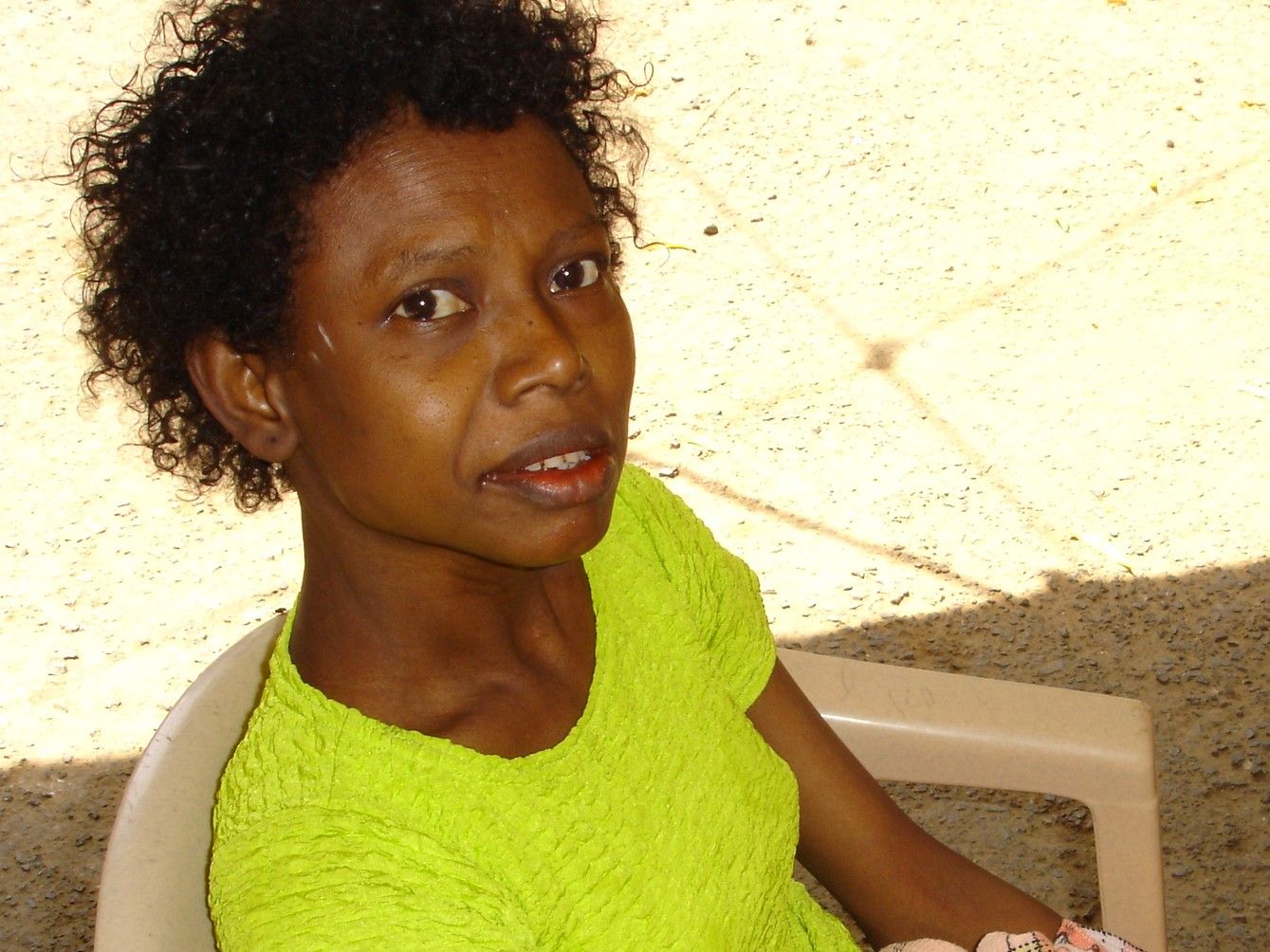
Fear of biodiversity and mother tongue during the Corona period
How much fear and ahazari around corona. Corona's diagnosis is destroying people's families and boundaries. On the other hand, another enchanting painting of ecology is waking up. The world is aware of the question of life, nature and environment. The United Nations has also tried to cover the issue on the theme of two consecutive World Days. The theme of Biodiversity Day on May 22 was 'All Solutions in Nature' and the theme of Environment Day on June 5 was 'Celebration of Biodiversity'. During this time I have talked a lot about the psychology and political philosophy of the ruling system about biodiversity. Our strong anthropocentric thinking on the environment question today faces a complex question. Today, I would like to re-understand the interdependent relationship between nature and culture, keeping in mind the theme of the Coronation Environment Day. I will try to understand what happens when a bird or a human is lost? Maybe a lot. The food chain is tense, the ecosystem lasts forever. But it has a bloody stain on human culture. Whose pain is in the mother tongue. When ‘nanid fish’ is lost from nature, it is also lost from human language culture. When a person who has ‘nanid’ in his mother tongue is lost, his nanid language is also lost. Just as countless species in the world are on the verge of extinction, so too are many mother tongues in danger of extinction. The ‘biodiversity question’ in Corona is therefore important to learn from a complex relationship between nature and culture. During the Corona period, millions of people have been lost from the world. At the same time, Sumatra rhinos have been lost from Malaysia, many grains have been lost, insects and microorganisms. Not only biodiversity with human beings, we have also lost a mother tongue in Corona. The ‘Surrey’ language of the Andaman Islands was also lost during the Corona period, with the death of the last Surrey speaker. In the diagnosis of corona, it is therefore important to emphasize the diversity of our diversity in protecting the diversity of life. Who is at risk and why? It is important to understand in particular all the reptiles, birds, insects, mammals and almost all those who practice the endangered mother tongue and primordial knowledge. Bengal tigers are vultures, Irrawaddy dolphins are spoiled and endangered, so we pay special attention to their protection. In the same way, we need to pay special attention to the protection of the culture of the language-speaking people of the state who are at the bottom and the practitioners of primitive folklore who are not at all in the minority. There are only 26 Morgan coach-speaking families in Sherpur, only 30 Ringmitcha-speaking families in Bandarban and 96 Kara-speaking families in Dinajpur. The crisis of these people is much more complex than many others in the question of linguistic protection in Corona and these mother tongues are also endangered. During the Corona period, there was a demand for special protection for the world's endangered language groups, including the Andaman and Nicobar Islands, the Amazon rainforest and the Papua Islands. A global framework for this global focus, including Bangladesh, needs to be strengthened. And this is a special message of the celebration of biodiversity on the day of the Coronation Environment. Going beyond human-centered bravery, we have to understand the diversity of life today from the complex grammar of nature and culture.

Life, nature and mother tongue
The identical twins are as such. When one is injured, the other grunts. If someone has chest pain, another person hurries. Language and biodiversity are also identical twins. One intertwines with the other's logs, developing a field of communication by matching feathers. Language is therefore in no way a one-sided, monotonous medium. Born from the forest hills, the river arranges the family from upstream to downstream. An unforgettable grammar of the river language is created in the life of the lower castes around the river from basin to basin. But when the looting state boasts of development, it kills, disappears and occupies the river, but the river language of the river basin is forced to change. The river basin's own language no longer exists as its own 'perception' of communication. Clouds, sunshine, rocks, endless bodies of water, thousands of rice varieties, birds, insects, tigers, crocodiles, snakes and reptiles, tree trunks, soil, earthworms, humans, frogs, umbrellas and ants have created hundreds of millions of such life forms in human language. The extinction of a species of biodiversity means the disappearance of all its amazement and existence from language. One of the small size of the aman season is the rice ant's eye. This rice is so named because it has black dots like ant's eyes on the husk. Mymensingh and Netrokona regions are the ancestral lands of this paddy. The ant-eyed rice is lost. Most of the time these events are explained only by the extinction of biodiversity, environmental disasters, production complexities, agricultural heritage. But with the disappearance of a paddy, we never see the change in the morphology and wording of that paddy in any language in the talk of 'What is the range of language, what is the protection of biodiversity'. Now the eyes of ants are not rice, only the eyes of a small insect called ants.

What happens when a bird is lost?
What happened to the Sumatra rhinoceros that was lost from the world during this time? Or what will happen to the number of known and unknown species lost in the Amazon fires in Australia? Of course, there will be nothing more. The ecosystem of the world will last forever. There will be chaos in nature. Just like the diagnosis of Corona. A virus was in contact with the bat key Banrui. Maybe some society used them in folklore. But as soon as people started trading, making profits, this virus became dangerous for people. If a bird is lost from an area, that bird is also lost from the language of the people of that area. All beliefs and customs related to that bird are lost. We talked about Banrui. At one time there was an animal called Banrui in the rural forests of the country including the rainforest and the Shalban. The desperate extinction of the animal has led to the disappearance of these words and forest-based concepts from the languages of most of the country's nations. Banrui in the A. Chik language of Mandi means Kawathi and Kawtai in the Koch language. But the new generation of Mandi and Koch children have lost both words in their mother tongue. Today's coach children will not understand what is 'Olamakhrai'? Because this shy monkey was wiped out from the Shalban almost two decades ago.
Language and nature in the Corona-North world
Chi is one of the most widely used words in the Khasi, Mandi, Mrae and Marma languages of the Mongoloid tribes of the country. In Khasi it means rice, in Mandi it means water, in Mrae it means tree and in Marma it means medicine. The same word, the same pronounced consonant stands with different meanings in different languages of different nations. This is the form of language, and this form of language has created the unobstructed form-richness of the life around it. Linguistic bravery, including English, is strangling the languages of the lower classes every day. One language is lost every two weeks. About 4,000 languages have been lost in the last 100 years. Who knows how many mother tongues will be lost from the world during this time? How many marginalized people will be in crisis, how many people will look for it? Or if the Corona-North world goes crazy for more profits, boosts more factories, emits more carbon, occupies more forests and wetlands, biodiversity will be more threatened. That destruction of life-nature will also raise more complex questions about the survival of endangered languages. This means that in the post-Corona period, biodiversity conservation strategies need to be learned from the ongoing polarity of our nature and culture, and our global position needs to be strengthened.

Licho's departure and the global environmental question
It is said that the survival of a language depends on the number of speakers. Even with 5,000 practitioners, there are concerns about whether the language will survive. Licho, daughter of King Xerox, was the last practitioner of the Surrey language of the Great Andamanese language family on the Andaman-Nicobar Islands in India. He died on April 4 in Corona. Death occurs in a living mother tongue. The death of the Licho and Surrey languages once again raised a global environmental question. How do we see the polarity of nature and culture? How do I understand? How to maintain the development policy? Why do tigers or vultures or Surrey languages or any indigenous life become marginalized even within the same neo-liberal system? Twisted, murmured? It has become very important to find answers to these questions from the country to the world. And on this depends the development of all in this mother world.


